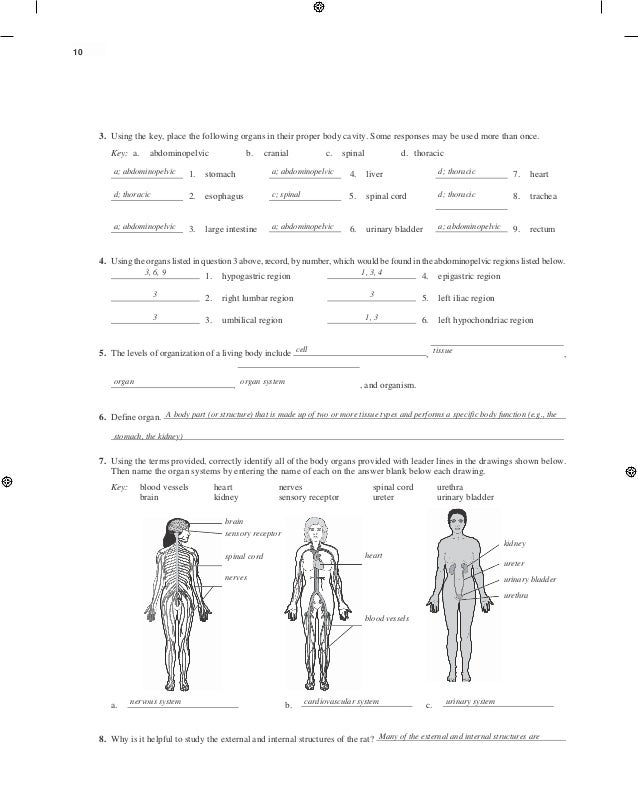Human Anatomy Lab Manual Answer
Posted : admin On 01.11.2019- Human Anatomy Lab Manual Answers Exercise 5
- Holes Human Anatomy Lab Manual Answers
- Human Anatomy Lab Manual Marieb
A n t e r i o r d. I n f e r i o r g. Study guide nonmetals.
Human Anatomy Lab Manual Answers Exercise 5
Study Exercise 6 Classification of Tissues flashcards taken from the book Human Anatomy and Physiology Laboratory Manual, Fetal Pig Version. Find great deals on ebay for anatomy and physiology lab manual shop with confidenceinstructor guide human anatomy & physiology laboratory manual cat. Solutions Manual Human Anatomy & Physiology Laboratory Manual. Human anatomy and physiology lab manual 12th edition answers human anatomy and physiology lab.
Holes Human Anatomy Lab Manual Answers
P o s t e r i o r j. S u p e r i o r b. D i s t a l e. L a t e r a l h. P r o x i m a l k.
Human Anatomy Lab Manual Marieb

T r a n s v e r s e c. F r o n t a l f. M e d i a l i. S a g i t t a l In the anatomical position, the face and palms are on the 1 body surface; the buttocks and shoulder blades are on the 2 body s urface; and the top o f the head is t he most 3 part of th e body. The ears a re 4 and 5 to the sho ulders and 6 to the nose. The hear t is 7 to the ver tebral c olumn (s pine) and 8 to the lun gs. The el bow is 9 to the fi ngers but 10 to the shoulder.
The abdominopelvic cavity is 11 to the thoracic cavity and 12 to the spinal cavity. In humans, the dorsal sur face can also be called the 13 surface; however, in quadruped animal s, the dorsal surfa ce is the 14 surface. If an incision cuts the heart into right and left parts, the sectio n is a 15 section; but if the heart is cut so that superior and inferior portions result, the section is a 16 section.
Y ou are told to cut a dissection animal along two planes so that both kidneys are observable in each sec tion. The two sections that will alway s meet this requirement ar e the 17 and 18 sec- tions. A section that demonstra tes the continuity between the sp inal and cranial cavities i s a 19 section.
Protection; epithelium covering body surface protects against bacterial invasion and chemical damage. Absorption; epithelium specialized to absorb substances lines the stomach and small intestines. Filtration; in kidney tubules, epithelium filters (and absorbs and secretes) 4.
Excretion; Sweat is excreted from the body by epithelial cells in the sweat glands 5. Secretion; In glands, epithelial tissue is specialized to secrete specific chemical substances such as enzymes, hormones and lubricating fluids.